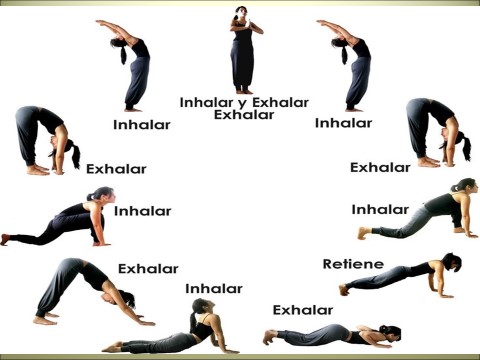Impact of sport on the professional development of designers
##plugins.themes.bootstrap3.article.main##
Abstract
Sport and Physical Education, its regular and systematic performance, has proven to be an extremely beneficial practice in the prevention, development and rehabilitation of health, as well as a means to forge character, discipline, decision-making and compliance with the rules, thus benefiting the development of the practitioner in all areas of daily life.
Today little attention is paid to the need to prevent or eradicate health problems caused by assuming an incorrect position or maintaining the same posture for long periods of time, causing damage that over time can be irreversible.
The objective of this work is to propose postural exercises for the self-exercise of the students of the Faculty of Design. With the new programs for the improvement of Sports and Physical Education of the Ministry of Higher Education, it is emphasized that future professionals of the different specialties are able to exercise themselves, not only during Physical Education classes, but also during their free time and that it serves to him for the life.
Methods of the theoretical level were used: analytical-synthetic, inductive-deductive, historical-logical and of the empirical level, observation, and measurement, the survey and interview technique. The verification was made from the application of the self-execution of the exercises Physics related to the performance of the designer.
Being healthy is essential for our society, for its development, with the proposed new economic model.
##plugins.themes.bootstrap3.article.details##

This work is licensed under a Creative Commons Attribution-NonCommercial-ShareAlike 4.0 International License.
- Attribution — You must give appropriate credit , provide a link to the license, and indicate if changes were made . You may do so in any reasonable manner, but not in any way that suggests the licensor endorses you or your use.
- NonCommercial — You may not use the material for commercial purposes .
- No additional restrictions — You may not apply legal terms or technological measures that legally restrict others from doing anything the license permits.
- ShareAlike — If you remix, transform, or build upon the material, you must distribute your contribution under the same license as the original. NOTE: This point applies to numbers 1 to 20 of the magazine with the previous CC-BY-NC-SA 4.0 license. Does not apply to the new CC BY-NC 4.0 license from Volume 11, Number. 21 (2024).
References
Ajuria Guerra, J. (1999). “De los movimientos espontáneos al diálogo tónico-postural y las actividades expresivas”, Anuario de Psicología.
Alonso, R. F Cultura física terapéutica. ISCF “Manuel Fajardo”. (1986).
Alonso, R., García, La CFT en deformidades de la columna vertebral en el plano sagital. La Habana, Imprenta José Antonio Huelga, INDER. (1987)
Azarin R.N. La gimnasia como medio importante de corrección y compensación de deficientes del desarrollo físico de los estudiantes débiles de visión. Moscú, Editorial Ped
Colectivo de autores del Grupo Nacional de Áreas Terapéuticas. Los ejercicios físicos con fines terapéuticos. La Habana, Imprenta José A. Huelga, INDER, (I y II Parte). (1986)






















